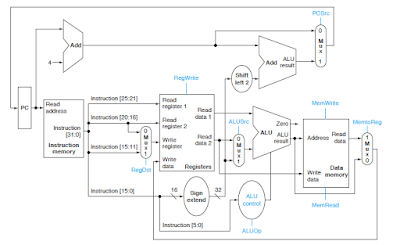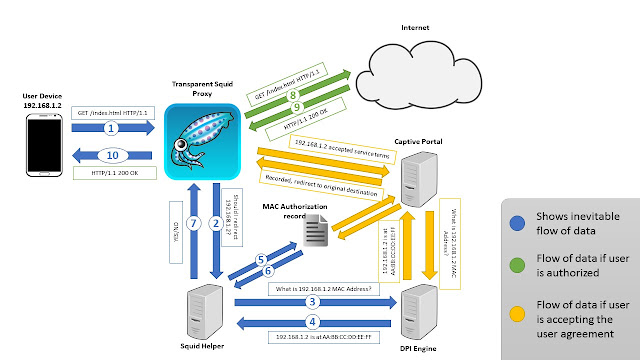Realtime Distributed Deduplication: How storagebox Works

StorageBox is a Python module that allows you to put items inside a storagebox (commonly referred to as the "Item Bank") and take items outside of the "Item Bank". As is the case with any physical storage box, the number of items you put in, is exactly the number of items you can take out. Nothing is lost and/or duplicated due to multiple distributed nodes doing simultaneous read/writes. StorageBox is ideal for projects that need to be developed really quickly without needing to worry about all potential race conditions. From a running cost prespective, It's also ideal for projects that receive a burst of requests at a specific point in time and then things start calming down. At the current state, StorageBox works with Amazon's DynamoDB but the same algorithm can be used with other databases! How does it work behind the scenes? Think of a Digital Box Let's start simple and imagine your run a movie store! You have 3 voucher codes you'd like to give t...


